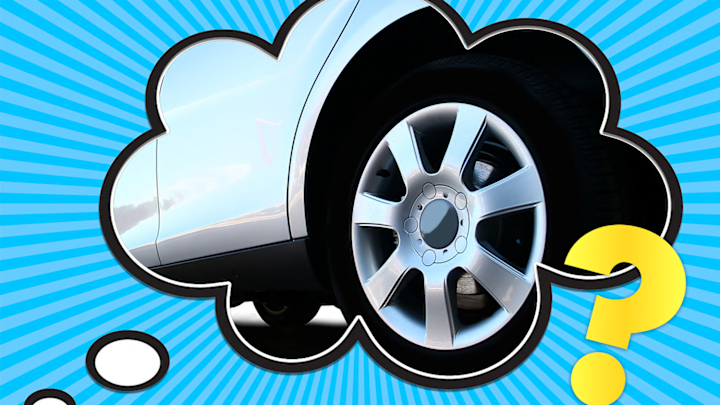Cars have come a long way since German engineer Karl Benz developed the first ever gasoline-powered vehicle, the Benz Patent Motor Car, model no. 1, in 1886.
These days, automobiles are so ubiquitous that not many of us may take the time to properly understand them from a mechanical perspective. Take hubcaps—we all know what they are, but many may not realize what function they provide. Below, we break down their purpose to shed light on why vehicles even have them in the first place.
The Origins of Hubcaps
Hubcaps cover the central portion of a car’s wheels, though they can certainly be larger. They have been around for as long as the automobile industry has existed and, for many decades, were an essential component of any car.
As seen on the Benz Model No.1, early vehicles had wooden wheels, just like the ones used on horse-drawn carriages. They featured a center hub containing steel bearings, which facilitated smooth rotation. In order to work effectively, these bearings needed to be lathered with grease and kept as clear of dust and dirt as possible. Hence, the hubcap was invented to keep the bearings protected.
Although steel-spoke wheels replaced wooden ones by the 1920s and 1930s, the bearing design mostly remained the same, so hubcaps remained a necessity. It was also around this time that the humble hubcap began to be seen as a customizable accessory and became available in models covering the entire wheel.
By the mid-1940s, hubcaps were being constructed out of chrome plating and stainless steel, becoming more and more of a statement piece for cars. During the hot rod craze of the 1950s, personalized steel hubcaps became highly sought-after, too. And by the 1970s, plastic hubcaps became an overwhelmingly popular—and affordable—alternative to steel models.
Are Hubcaps Still Necessary?
Modern cars still use bearings—in fact, they couldn’t function without them. But in today’s automobiles, bearings form part of a sealed assembly—they function as an all-in-one unit that might also contain ABS sensors to assist with brakes and TMPS monitors to keep track of tire pressure. These sealed units, together with the improved durability of modern materials, mean that hubcaps are not strictly necessary on today’s cars, and some models don’t even have them at all.
Hubcaps on modern cars are largely an aesthetic choice and potentially a way to boost a vehicle’s resale value. That said, they can still offer some advantages on the road. Good hubcaps provide the nuts and bolts of wheels with protection from dirt and debris, acting like a shield of sorts from everything. Models that have been aerodynamically designed may even improve the fuel efficiency of a vehicle. In general, though, hubcaps aren’t quite as essential as they used to be, even if they are a common sight once you’re on the road.
Have you got a Big Question you'd like us to answer? If so, let us know by emailing us at bigquestions@mentalfloss.com.
Read More About Cars:
